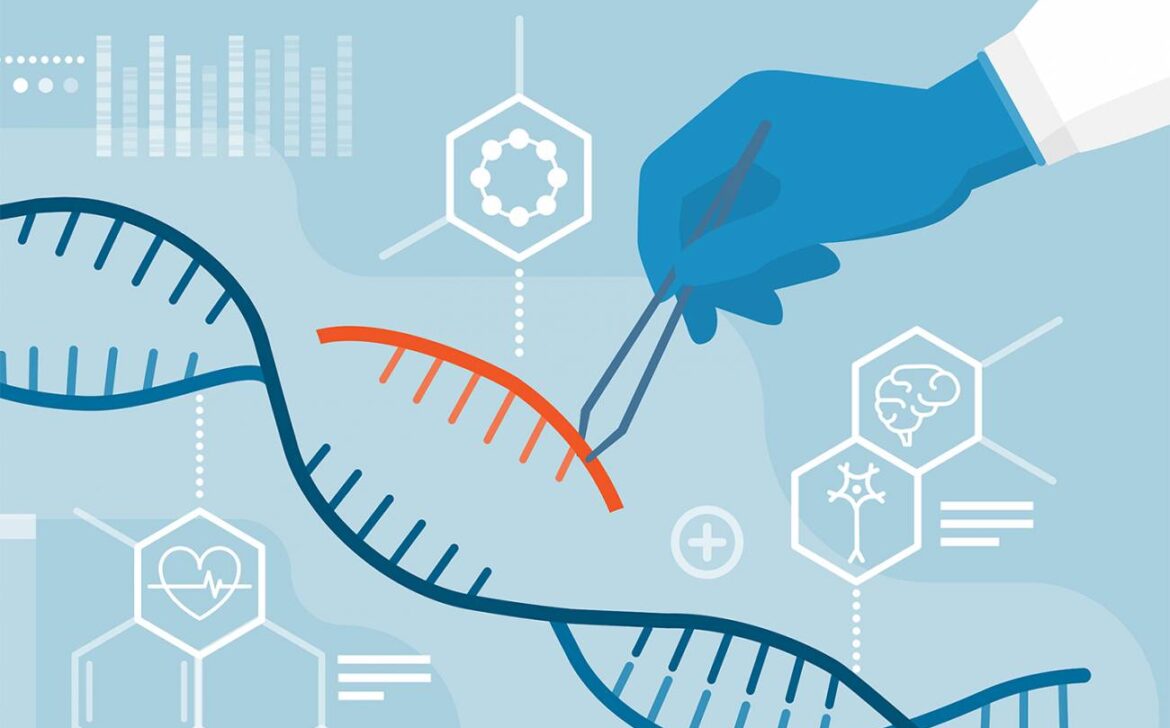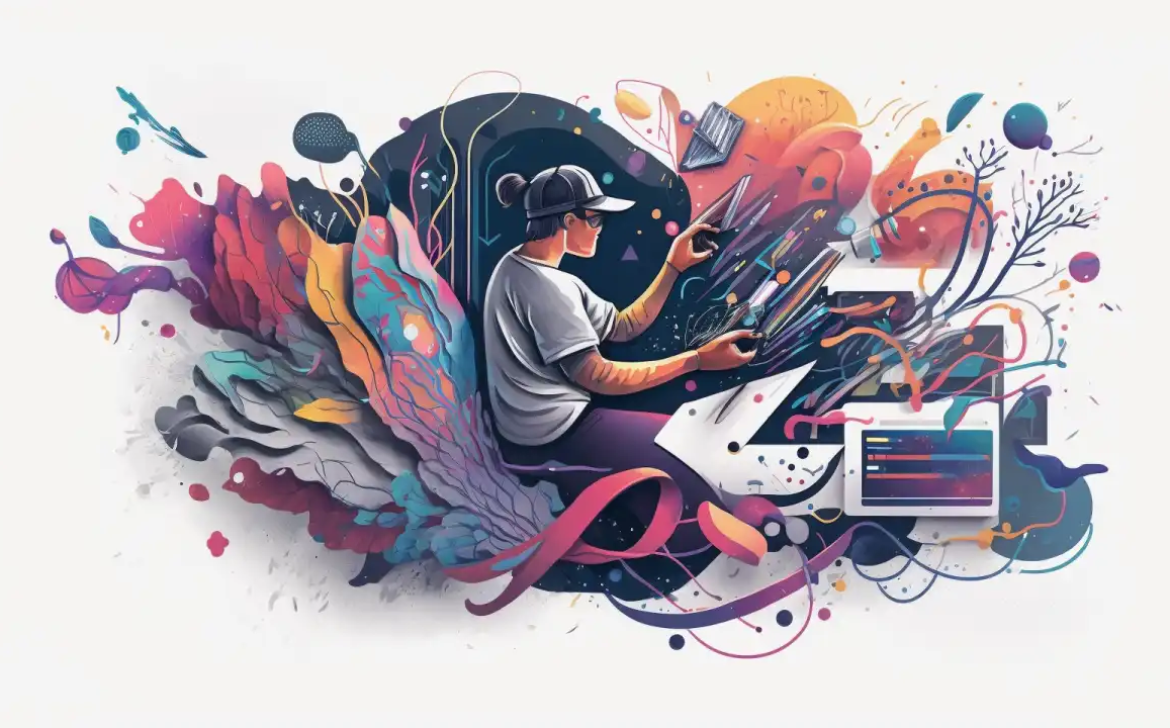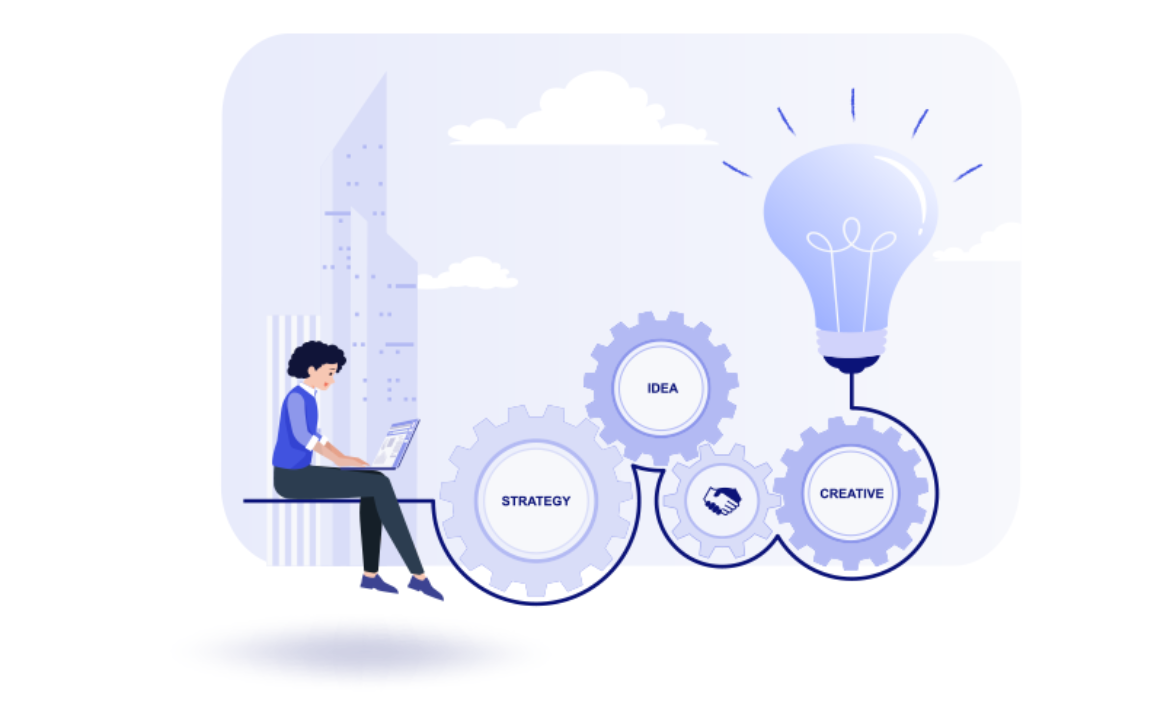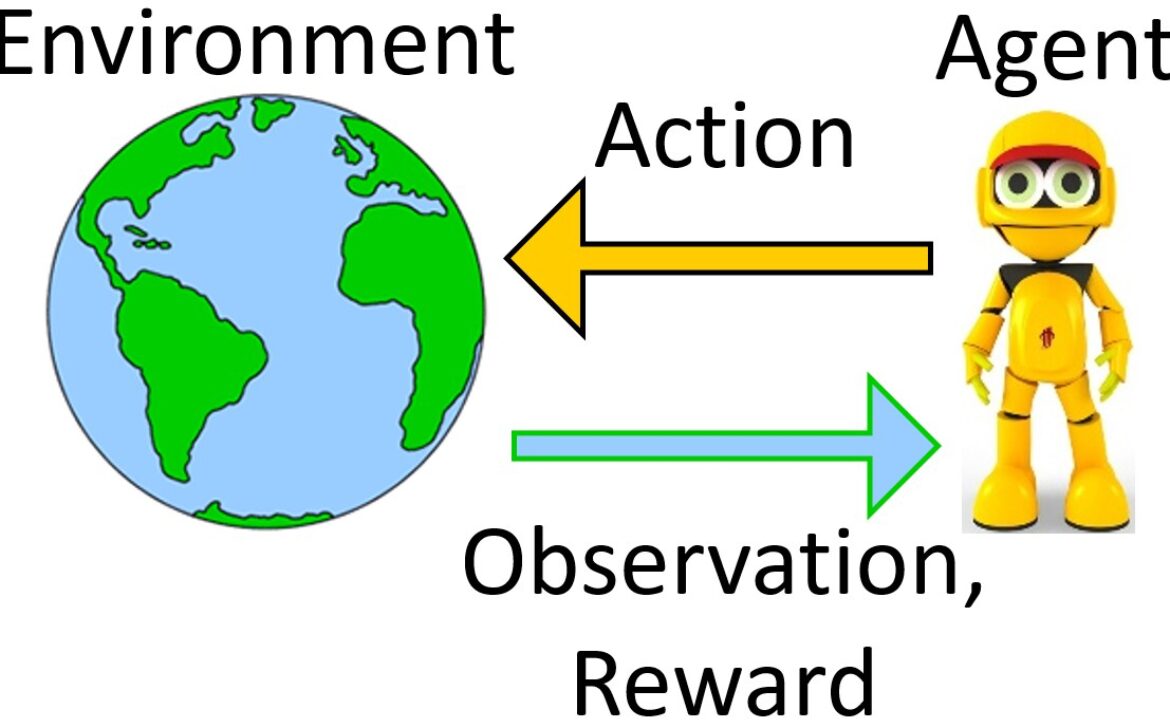Creative AI, Artistic Expression, Music Composition, Generative Art, AI-Driven Creativity

In the realm of human creativity, a new collaborator has emerged—Artificial Intelligence. Creative AI, a fascinating field at the intersection of technology and art, is reshaping how we approach artistic expression and innovation. Let’s delve into the transformative potential of Creative AI.
The AI Artist’s Canvas
Creative AI systems are capable of generating art that challenges our perception of creativity. From paintings that mimic the styles of famous artists to entirely new, abstract forms, AI is pushing the boundaries of what’s possible in the visual arts.
Music That Moves the Soul
In the world of music, AI composers are crafting melodies that evoke emotion and defy traditional conventions. These AI-driven compositions are not mere imitations but fresh creations that resonate with listeners and inspire new musical genres.
Generative Art: AI as the Co-Creator
Generative art, a subfield of Creative AI, explores the collaboration between human artists and machines. AI algorithms assist artists by generating ideas, patterns, or even entire artworks, fostering a creative dialogue that leads to unexpected and inspiring results.
AI-Enhanced Storytelling
Creative AI isn’t limited to the visual and auditory arts. In literature and storytelling, AI-driven tools are helping authors by generating plot ideas, suggesting character developments, and even assisting in the editing process.
The Synergy of Human and Machine Creativity
Rather than replacing human creators, Creative AI often complements their skills. Artists, musicians, and writers are finding new ways to leverage AI as a muse, a collaborator, or a tool to overcome creative blocks.
The Challenges of AI in Creativity
While Creative AI holds immense promise, it also raises questions about originality, authorship, and the role of the artist. Navigating these ethical and artistic considerations is an ongoing part of the Creative AI journey.
The Future of Creative AI
The future of Creative AI is a canvas waiting to be painted. As technology advances and AI continues to learn from the wealth of human creativity, we can anticipate a future filled with novel artistic expressions, innovative compositions, and groundbreaking collaborations.











